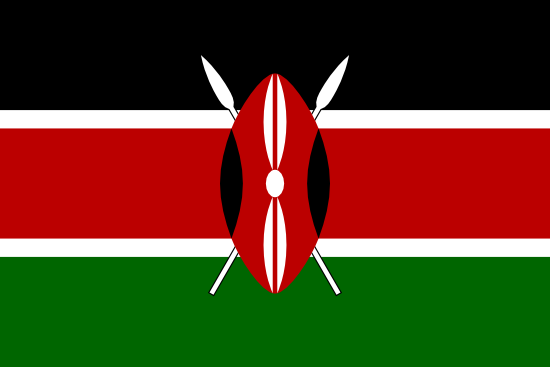Kenya has made significant milestones in biodiversity conservation and sustainable use, as well as access and benefit-sharing, over the years. Here are some key milestones and achievements in these areas:
-
Ratification of International Agreements: Kenya has ratified several international agreements related to biodiversity conservation, including the Convention on Biological Diversity (CBD) in 1993. This commitment has guided the country's conservation efforts.
-
Protected Area Network: Kenya has established a network of protected areas, including national parks, reserves, and sanctuaries, covering diverse ecosystems and providing critical habitats for wildlife. The Maasai Mara, Tsavo, and Amboseli are examples of renowned protected areas.
-
Community-Based Conservation: Kenya has embraced community-based conservation initiatives, involving local communities in the management of natural resources and wildlife. This approach promotes sustainable resource use and helps reduce human-wildlife conflicts.
-
Anti-Poaching Efforts: Kenya has implemented rigorous anti-poaching measures, including the formation of specialized units like the Kenya Wildlife Service's Anti-Poaching Unit. These efforts have helped curb illegal wildlife trade and protect endangered species.
-
Ivory and Wildlife Trade Bans: Kenya implemented a strict ban on ivory trade in 1989, sending a strong message against elephant poaching. The country has continued to advocate for global bans on ivory and other wildlife products.
-
Conservation Education and Awareness: Kenya has invested in conservation education and awareness programs, targeting schools, communities, and the general public. These programs aim to foster a culture of conservation and raise awareness about the importance of biodiversity.
-
Wildlife Corridors: The establishment of wildlife corridors and migration routes has helped connect fragmented habitats, allowing wildlife to move more freely and ensuring genetic diversity within populations.
-
Climate Change Mitigation: Recognizing the impact of climate change on biodiversity, Kenya has developed strategies to mitigate climate change effects and promote climate-resilient ecosystems.
-
Access and Benefit-Sharing (ABS) Regulations: Kenya has developed ABS regulations to ensure that local communities benefit from the use of genetic resources and traditional knowledge related to biodiversity. These regulations provide a framework for equitable sharing of benefits.
-
Conservation Financing: Kenya has explored various financing mechanisms for conservation, including revenue generated from ecotourism, conservation fees, and partnerships with international organizations and donors.
-
Renewable Energy: Kenya has invested in renewable energy sources like geothermal and wind power, reducing pressure on forests and contributing to sustainable development.
-
Research and Monitoring: Continuous research and monitoring efforts have provided valuable data on species populations, ecosystem health, and the impact of conservation initiatives.
These milestones demonstrate Kenya's commitment to biodiversity conservation, sustainable resource management, and the equitable sharing of benefits among its communities. The country continues to play a vital role in global conservation efforts and serves as a model for other nations facing similar challenges.
